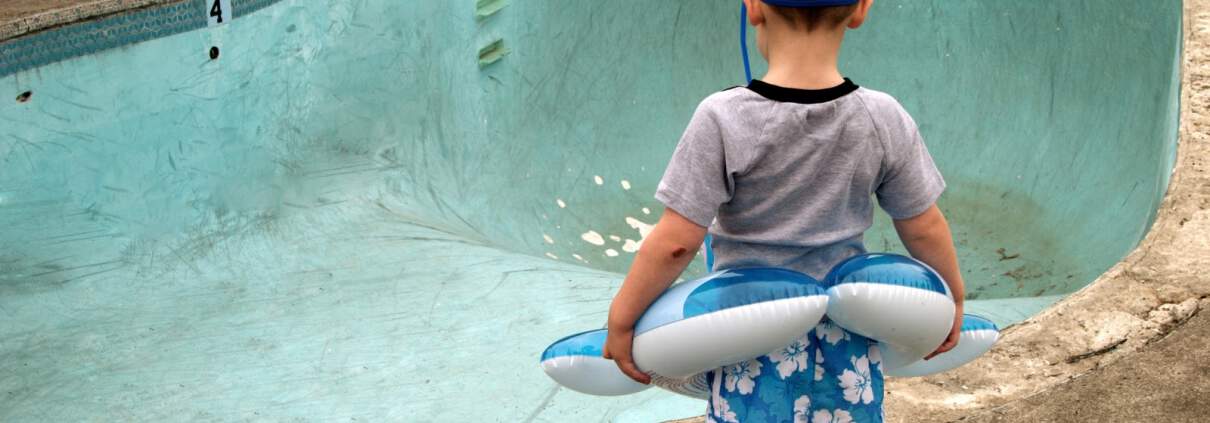3 Common Pool Disasters to Avoid
There are few things more enjoyable than having a private pool in the backyard of your home. From relaxing dips in the pool to splash-filled family fun, a residential pool creates a sense of paradise in your Southern California home. However, pool ownership also comes with its share of maintenance and renovation requirements to worry about in order to keep your pool clean and safe to use. From incorrectly balanced pool chemicals to worn and dirty pool finishes, here are three pool disasters you should avoid at all costs.
1. Ignoring your chemical balance
Without a doubt, the biggest aspect of pool maintenance and pool ownership is chemical balancing. In order to keep your pool clear, clean, and safe for swimming, you need to ensure that your chemical levels are all within the appropriate ranges. Failing to check and maintain your chemicals often enough could result not only in a dirty pool but also in a sick family. The levels that you should primarily test for are pH, alkalinity, calcium hardness, cyanuric acid, TDS levels, copper, and iron. Having a low pH could damage your pool equipment, and having an inadequate level of chlorine could result in unsanitary swimming conditions. If you ignore your chemical balance for too long, you could end up with a major pool disaster on your hands.

2. Adding shock directly into your pool water
The process of shocking your pool entails drastically increasing chlorine levels for a short period of time in order to kill bacteria. In order to do this, there is a concentrated chlorine product called pool shock that is used to bleach anything that enters your pool. If you have a vinyl pool liner, adding shock directly to your pool water can cause a major pool disaster. The shock granules will bleach out your liner as they fall to the bottom of the pool, which degrades the area and causes leaks. In order to avoid this, pre-dissolve the chlorine product in a bucket of water before you shock your pool. This will protect your pool liner, walls, and floor and prevent major structural damage.
3. Failing to replaster your pool when it’s time
On average, pool plaster tends to last from seven to 10 years. If it’s been more than 10 years since you’ve had your pool plastered, or if you notice damage such as concrete showing through or rough pool wall surfaces, then it’s imperative that you have your pool replastered. Pool plaster is the substance that coats the shell of a concrete pool and creates a watertight seal. If your plaster starts to wear and isn’t replaced in time, there’s a risk of water seeping behind your pool’s shell and causing water damage to your property. If you notice clear signs of wear to your plaster surfaces, or if it’s been more than 10 years since your last replastering, call a pool contractor about replastering your swimming pool.
If you have a pool disaster that you need repaired, call the professionals at So Cal Pool Plaster. We can replaster, resurface, and renovate any home pool to look brand new. Choose from a range of deluxe finishes that will complement any home’s unique style. We can add water features such as spas, slides, grottos, water fountains, lights, and more to transform your backyard into a personal paradise. Make your own Southern California oasis today by getting started with a free estimate from So Cal Pool Plaster. Give us a call at (714) 617-8182 to find out more!




